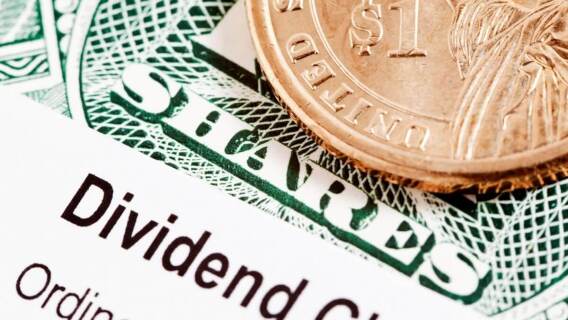One of the things many investors like best about dividend income is that it can qualify for the lower Federal dividend tax rate. For investors in the 22% tax bracket to the lower levels of the 35% marginal tax bracket, that’s 15%. If you’re above those levels, qualified dividends carry a 20% tax, and for those in lower brackets, it’s 0%.
But not all dividends and distributions qualify. And there are even some situations in which you might receive non-qualified dividends from a qualified company. You can always wait until you get your tax documents at the end of the year to find out how your dividends were classified, but most investors would like to know ahead of time.
Luckily there are some simple questions to ask that will help you figure out if your dividends are qualified. (Please note that I am not an accountant or tax advisor and have covered only some of the most common tax situations, so I suggest you also talk to your accountant or financial advisor about your own personal tax situation.)
[text_ad]
Who Paid the Dividend?
Most dividends paid by U.S. corporations will qualify for favorable tax treatment. In addition, dividends paid by corporations based in countries with which the U.S. has a tax treaty can qualify.
Dividends paid by businesses organized in some structure other than a corporation usually don’t qualify. Examples include Real Estate Investment Trusts (REITs), Master Limited Partnerships (MLPs) and Business Development Companies (BDCs) and other Regulated Investment Companies (RICs). Their distributions may include some qualified dividend income, but will usually also include some return of capital or ordinary income.
How Long Have You Owned the Stock?
While many companies are “qualified” dividend payers under U.S. tax law, you also have your own end of the bargain to hold up.
In order for your dividends to qualify for the capital gains tax rate, you must have held the stock for more than 60 days including the ex-dividend date. That gives you a 121-day window in which your 60-day holding period can fall.
For example, if a stock set December 14 as its ex-dividend date, it would make December 13 the last day to buy to be eligible to receive the dividend. Then, if you bought on December 13, you would have to hold for at least 60 days, or until February 10, for your dividend payment to qualify for the capital gains tax rate. If you sell before February 10, you’ll owe income taxes at your regular rate.
What About Funds?
Distributions paid by mutual funds, ETFs and CEFs can be qualified or non-qualified, depending on how the fund earned the cash. Often, fund distributions will be made up of money from different sources, and the fund will let you know what percentage was qualified dividend income at the end of the year.
If you want to get an idea of how the dividends are likely to be treated before then, you can look at how the fund’s past-year distributions have been categorized. You can also look at how the fund earns its money, but you may still be surprised at year’s end. Even if a fund owns entirely qualified dividend payers, for example, it may not have met the holding period requirements for all stocks.
Other Taxes You Might Owe on Qualified Dividends
Even if your dividends qualify for the capital gains tax rate, you may find you owe other taxes on them as well.
Dividends paid by qualified foreign corporations may still be subject to withholding taxes in the company’s home country. American investors who received Pembina Pipeline’s (PBA) latest dividend, for example, likely saw a 15% tax withheld by Canada. However, you can claim the full amount of the withholding as a tax credit in the U.S. at the end of the year, as long as you own the shares in a taxable account. (It will be reported on your 1099-DIV as foreign tax paid.) Some countries, like the Bahamas, have no withholding tax.
If you live outside the U.S., you may also find yourself paying more taxes on your dividend income. A reader from Italy told me a while back that his government takes another 22% of his income from dividends paid by U.S. and Canadian companies, for example.
Lastly, note that, like ordinary income, dividend income that falls into the 12% or lower tax bracket is tax-free. Only the marginal amount is taxed at the higher rate.
To learn what dividend stocks I’m currently recommending, click here to subscribe to my Cabot Dividend Investor advisory.
Any more questions about qualified dividends, and their tax implications? Leave a comment below!
[author_ad]


